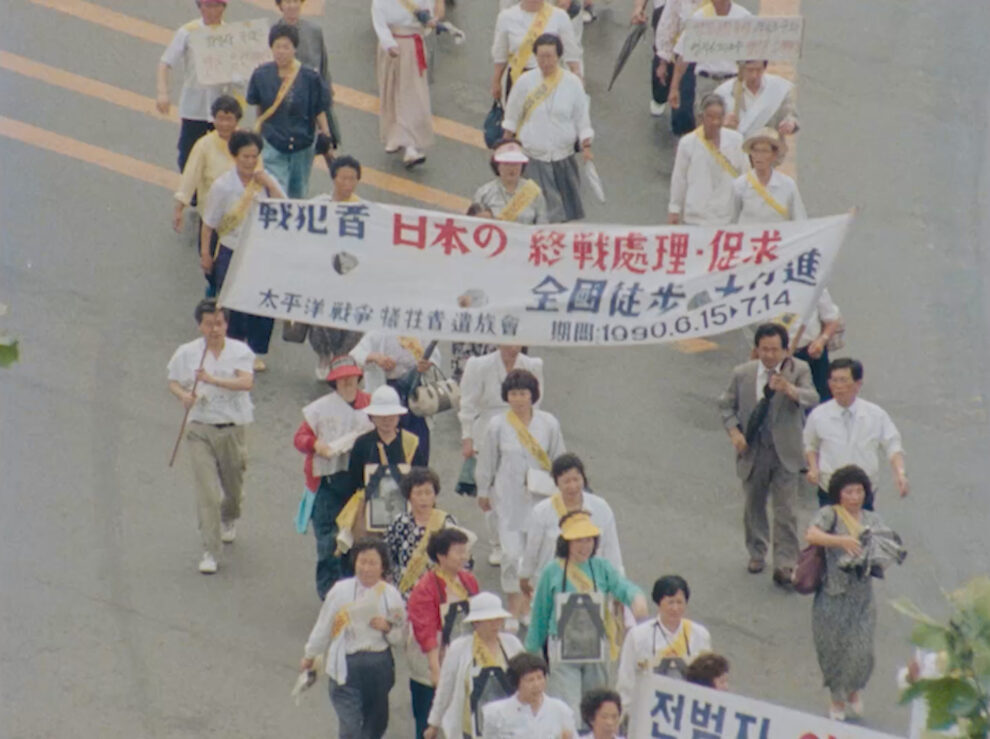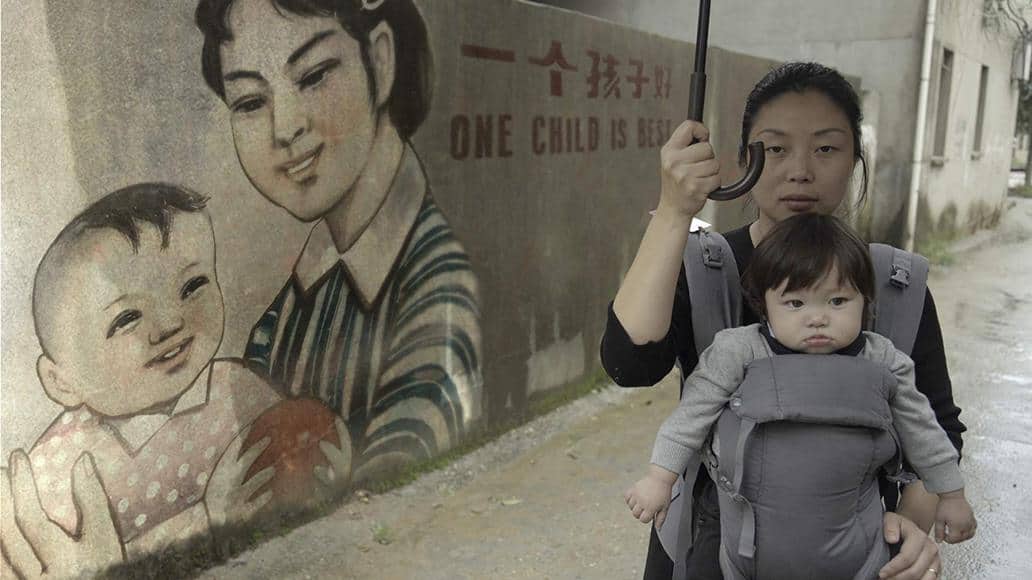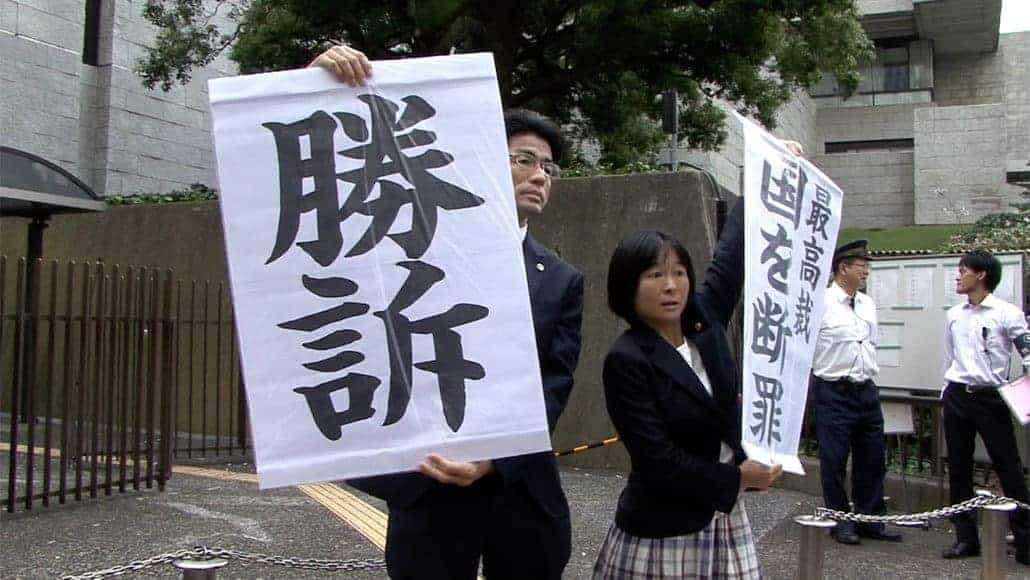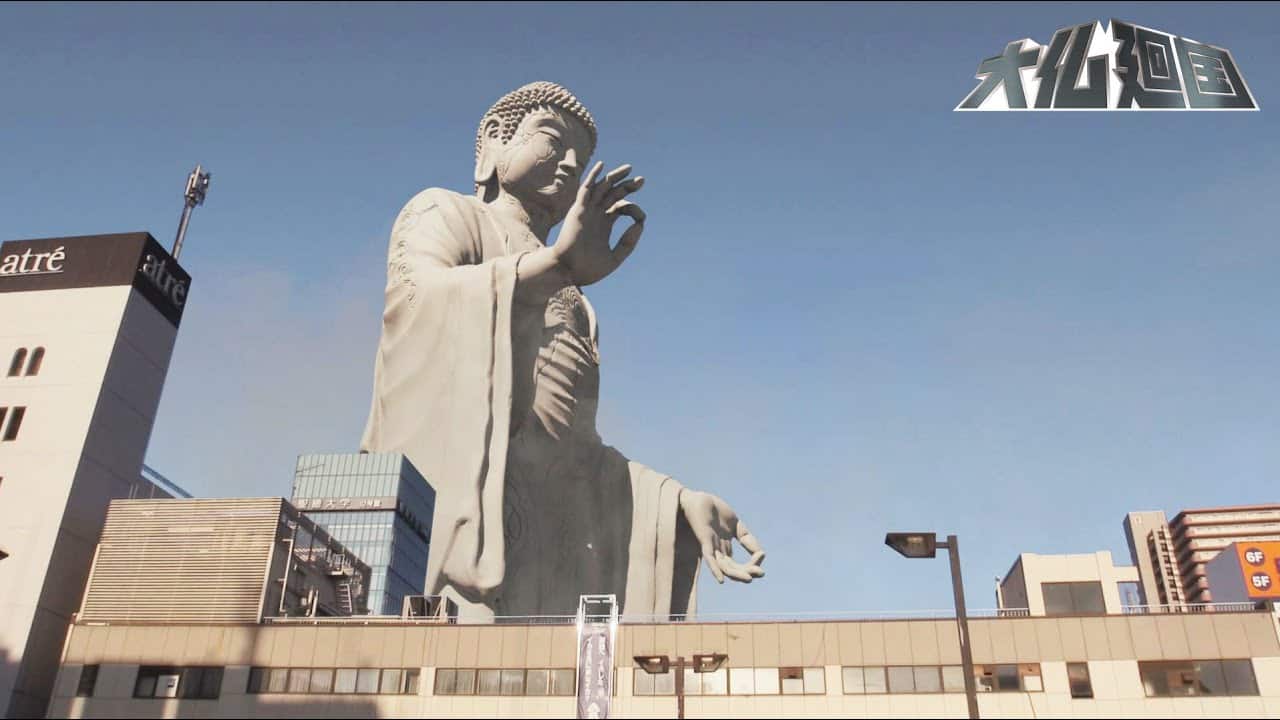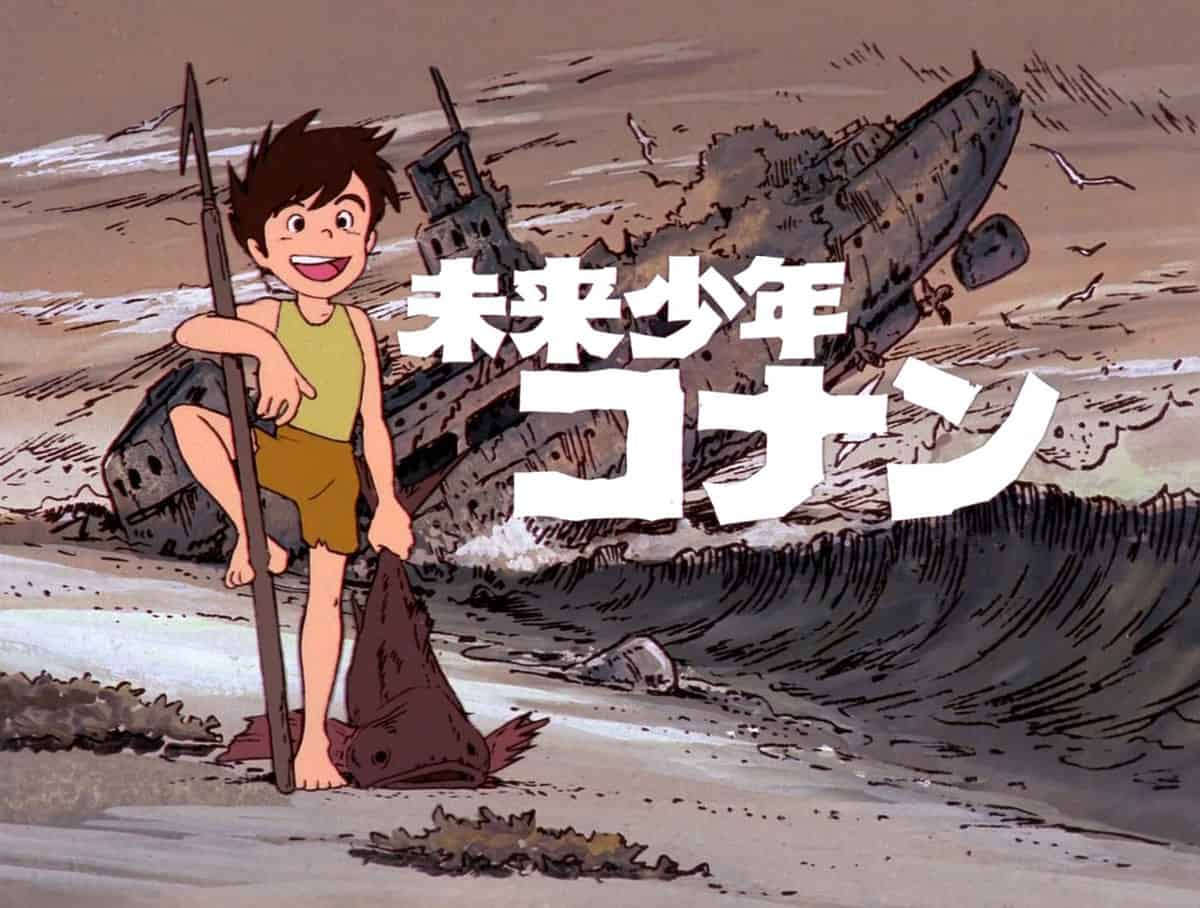A female voice is asking if the person recording her knew the song “Pronce Mai”. She explains that it's a Korean classic that she named her daughter after, and she starts singing it with a joyful force. With the first lyrics come the first images: those of a stylish young mother with her child in various locations, and finally of an island in the distance. This is the introduction to a family of two filmmakers who joined their forces to restore some fifty hours, or 100.000 feet of material on 16mm, additionally challenged with sound recordings on tape that no one has heard over thirty years.
Voices Of The Silenced is screening at Berlin International Film Festival

The narration of the movie switches between the mother and the daughter who are telling different parts of the story surrounding Park Soo-nam's decades' long effort in documenting the history of the Zainichi Korean in Japan. Long before making films such as “The Other Hiroshima” (1986), a documentary portraying the dual suffering of Koreans who were forced labourers and survivors of the atomic bombing, “Song Of Ariran – voices from Okinawa” (1991) about Korean draftees and women who were brought to ‘comfort them' during the Battle of Okinawa, or “Nuchigafu – Life Is A Treasure” (2012), about a two decades long investigation into the Okinawa's mass suicide during the Battle of Okinawa, Park made a name with her bestselling book “Crime, Death and Love” (1963), which focuses on a second-generation, Korean-Japanese, death row inmate.
Prior to giving everything up to dedicate herself to making documentaries, Park Soo-nam was a successfull BBQ restaurant owner. In fact, so successfull that she wished she didn't have that many customers. While talking about that chapter of her life to Park Maeui, she is giggling at the fact that the students working at her restaurant were members of All-Campus Joint Struggle Committees, or at the memory of the yakuza who would come and make things uncomfortable before she told them how her husband was serving a sentence for murder in a prison in the north. “Starting then, they treated me with respect.”
Check also this interview
Due to degeneration of macula and posterior pole which is an incurable disease that leads to blindness, Park Soo-nam is rapidly losing her sight but less so her spirit to make things. She explains that although she can barely see what's happening on screen during the many projections of her fragmented work, she can vividly visualize every scene by merely listening to people's voices.
The documentary “Voices of The Silenced” bounces back and forth between the footage of the filmmaker in her prime on her multiple journeys to conduct the interviews, to the present – speaking to the survivors, historians and people from the second or third generation of Koreans in Japan, collecting significant pieces of memories that their now home is still in denial of. At one point, we observe Park Soo-nam curiously watching a propaganda advertisement on one of Tokyo's squares that calls the allegations of people having been forced to work like slaves on Nagasaki's Battleship Island during WWII a blatant lie. As she later on embarks one of the ships to go on a guided tour of the Battleship island, the guide is talking about it as an important part of Meiji's industrial heritage, listed as one of World Heritage Sites without as much as losing one word about who were the people making that industry running.
The film is seeking direction until its second half, when the story becomes more structured with its focus on the Korean A-bomb survivors of the Battleship Island who were conscripted during the Japanese occupation of Korea and sent to Japan as laborers. When approached with the question about potential compromises to attract younger audience, Park Soo-nam refuses to change anything about her way of doing things. She insists that keeping a genuine record of what happened, and recording the experiences of individuals as historical facts, is the only right way to continue with the project. “Otherwise, I won't do it”, she warns her daughter.
The constantly recurring reference is the so called Komatsugawa incident that Park based her book on. In 1958, a female student at Komatsugawa High School in Tokyo was murdered. For this crime, a 18-year-old second generation Korean Lee Jin-woo was arrested and condemned to death by hanging. Nagisa Oshima's “Death by Hanging” (1968) was inspired by it, and when asked about her opinion on his take of the incident, Park Soo-nam simply remarks that he made the movie as he pleased, and that they never discussed it. “I just didn't like it. We had a different understanding of the incident”, she explains. The things she is particularly keen on talking about is her encounter with the parents of the victim. When she met them, and admitted that she has never met the murderer, they were initially shocked that someone unrelated to him came to pay respect. What they did say was that many Koreans were killed after the Great Kanto Earthquake, and that their brothers were involved in the massacre.
When the attention of the documentary switches to the Kibachi dorm on the Battleship Island that accommodated 2,500 Korean workers who worked for Mitsubishi shipyard, we got to hear many devastating stories about people, some of them as young as 14, who were conscripted and brought to the island to work under impossible conditions, while also having to suffer racism. One by one, the survivors of the US A-bomb attack are telling their touching stories about permanent damages to their health and their incomprehension about being left behind. While Japanese citizens were getting the compensation from the state through their “atomic bomb survivors' certificates”, that guaranteed for medical expenses and health care allowances, most of Korean survivors were denied the right to them.
Park Soo-nam announces the film's final scene – a picture scroll of the Korean massacre discovered exactly 100 years after it. Former professor at Senshui University Katsuhiro Arai explains that it was found by chance, and addresses the importance of the painting's return after a century. The filmmaker doesn't believe it's a coincidence. “Even the term genocide is being removed from textbooks, and there have been recent instances of hate speech and hate crimes”, Arai admits.
“Voices Of The Silenced” is about the search for identity as it is about reclaiming what was lost in the face of historical injustices. Park Soo-nam calls herself an imperialized girl, torn in the middle, but for her daughter born out of a bi-racial union, the place of confusion is in a different era.
With its 140 minutes runtime, and a plentitude of information to deal with, “Voices of The Silenced” that had its world premiere at Berlinale's Forum Special section, will potentially struggle to find its place in the international film festival circuit, despite of being a significant document of Zainichi hardships.


